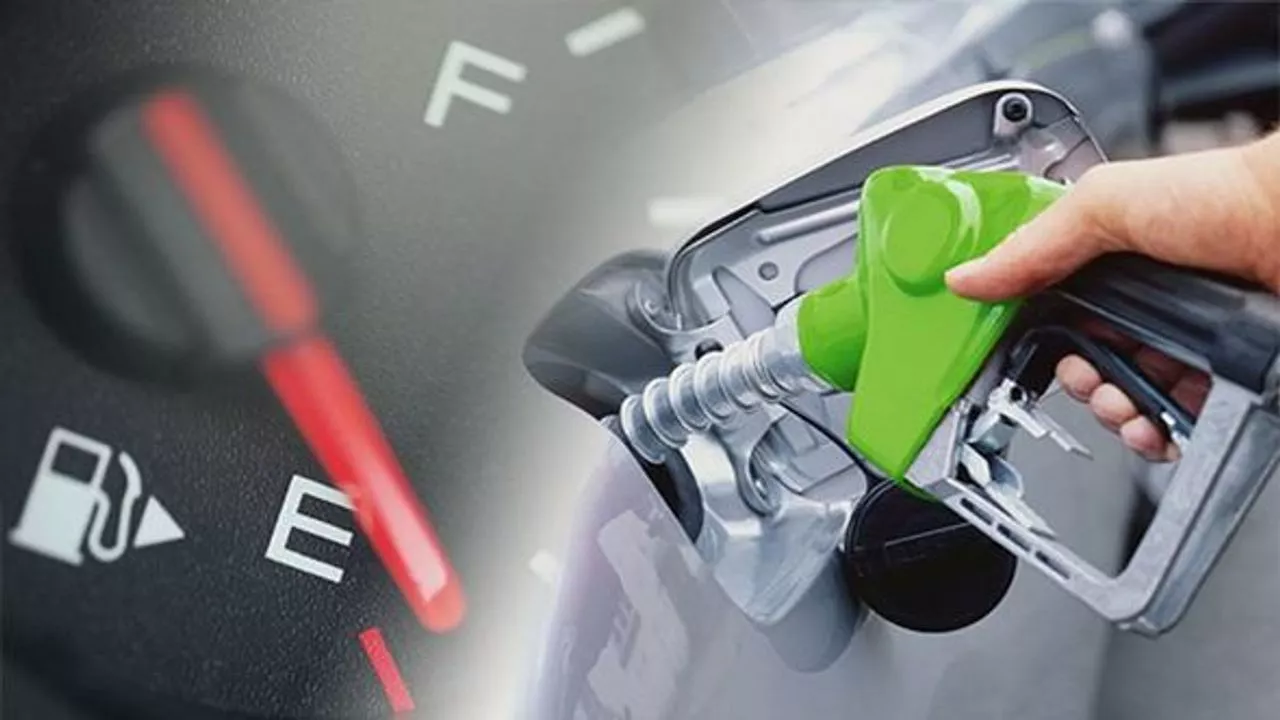Fuel Efficiency in Motorsports – How to Save Fuel and Keep Speed
When you think of racing, you picture roaring engines and blistering laps. But today many teams also chase fuel efficiency. Cutting fuel use isn’t just green—it can lower pit stops, save money, and even give a competitive edge. Let’s break down the basics, the tech, and the habits that make a race car sip fuel while staying fast.
Engine Tuning that Doesn’t Sacrifice Power
Modern engines can be tuned for a sweet spot between power and consumption. Teams often use a higher‑compression ratio, which squeezes more energy out of each spark. Adding a direct‑injection system helps deliver fuel precisely when the cylinder needs it, cutting waste. Turbochargers also play a role; they force more air in, letting the engine make more power with less fuel. Simple as that, but it requires a skilled tuner who knows the balance.
Driving Style – The Human Factor
A driver’s throttle control can shave a lot of fuel off a stint. Short, smooth bursts of acceleration let the engine stay in its most efficient range. Coasting into corners and using engine braking reduces the need to rev high after a turn. Drafting behind another car can cut wind resistance, meaning the engine works less hard. These habits sound easy, but they take practice and a lot of data reviewing after each lap.
Beyond the driver, teams collect real‑time data from sensors on the fuel line, exhaust, and engine temperature. This data feeds into a software platform that predicts fuel burn for the next lap. When the prediction shows you’re using too much, the pit crew can advise a minor adjustment—like shortening a gear shift or easing off the throttle.
Another practical tip is tire selection. Softer compounds give more grip but increase rolling resistance, which means higher fuel use. Choosing a slightly harder tire can lower that resistance, letting the car glide easier and use less fuel while still offering enough grip for a competitive lap.
Weight reduction is a classic fuel‑saving move. Every kilogram removed saves fuel because the engine doesn’t have to move as much mass. Teams use carbon‑fiber panels, lightweight batteries, and even remove non‑essential interior pieces. The result is a leaner car that can go farther on the same amount of fuel.
Hybrid systems are becoming more common in endurance racing. They harvest kinetic energy during braking and store it in a battery. The stored energy then powers an electric motor to give an extra push without burning extra gasoline. This not only improves fuel efficiency but also reduces wear on the engine.
So, whether you’re a casual fan curious why a car on TV makes fewer pit stops, or an aspiring racer looking for ways to stretch a fuel budget, the key points are clear: smart engine tuning, disciplined driving, real‑time data, proper tire choice, weight savings, and hybrid tech all work together. Fuel efficiency isn’t about going slower; it’s about getting more out of every drop of fuel while staying fast.
Next time you watch a race, keep an eye on how drivers manage their throttle and how teams talk about fuel strategies. Those small choices add up to big results on the track and in the garage.
